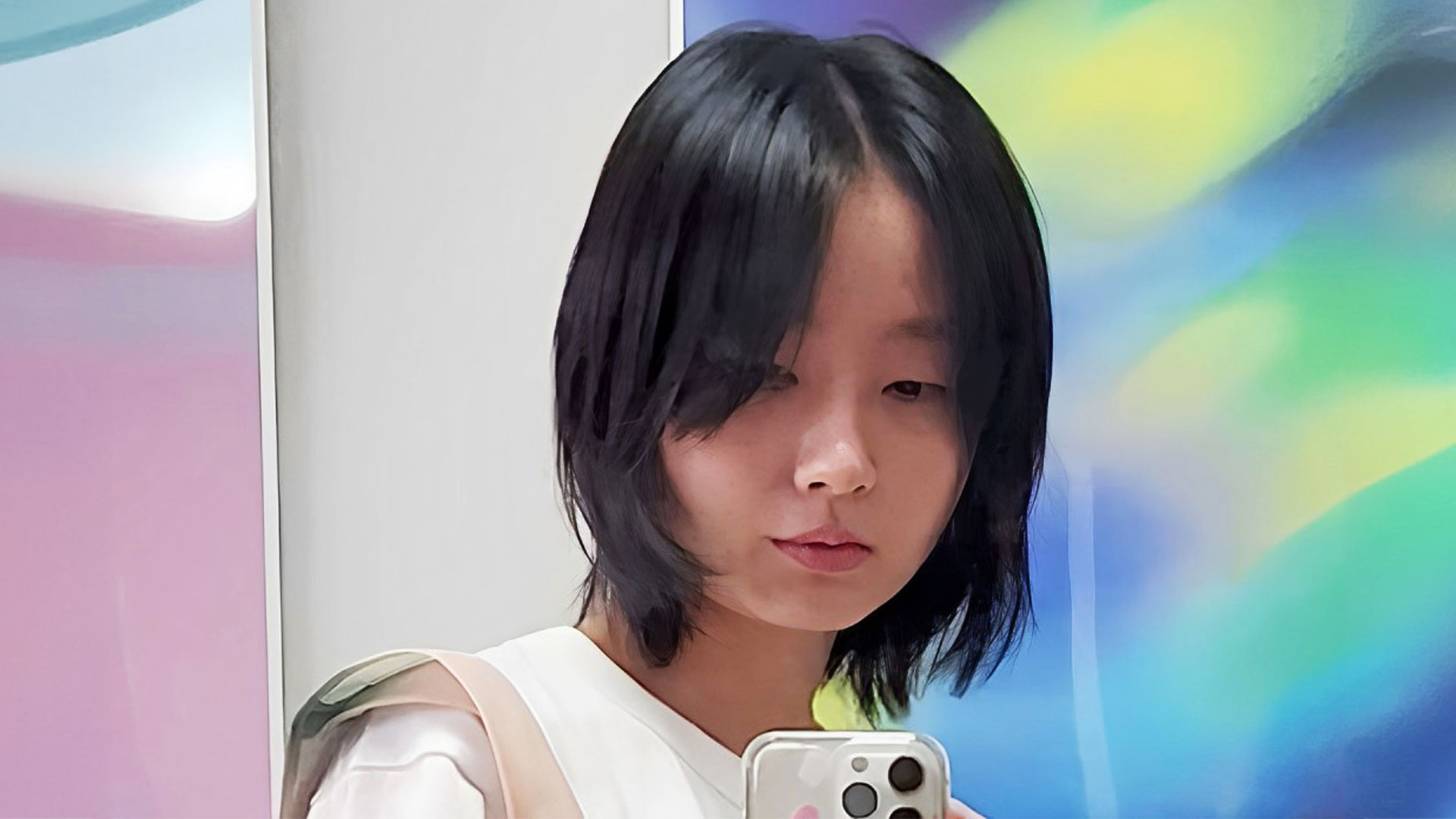Interview with Anais Kim | A Graphic Designer & Artist with Liberation & Movement Ideals

Interview with Jessica Kewei Lin for Campus Dining and PulseHeal
August 8, 2024
2024 New York Photography Awards Now Accepting Entries Globally
August 9, 2024Anais Kim
Anais Kim is a graphic designer who participated in the XIV Biennale as an artist. Her work extends beyond the system to areas such as design symbols, motions, and typography. She enjoys freedom, and her book questions design thoughts and human relationships with everyday objects.
1Please give us a brief bio of yourself and your design background.
Hi! I'm Anais Kim from South Korea. I am a graphic designer and a participating artist in the XIV Biennale. My artistic motif goes beyond stainless steel works extending beyond the system to a diverse range of areas. This includes designing symbols, motions, and typography.
2What made you become/why did you choose to become a designer/artist?
What do I stand for? Liberation and movement, also lining favourites. As a graphic designer and part artist, my publishing book questions about design thoughts, and human relationship between everyday objects.
3Tell us more about your agency/company, job profile, and what you do.
I am a landscape designer currently working as a freelancer. I have previously worked in various landscape and architectural firms across the United States. My daily responsibilities include providing a supportive environment where innovative concepts can flourish, and encouraging collaboration and growth among team members. My focus is on delivering exceptional design solutions that reflect a commitment to excellence and creativity.
4What does “design” mean to you?
To me design would be the decision making, perhaps even reflecting the idea of the notion. The idea is to turn them and make them into something symbolic.
5What’s your favorite kind of design and why?
My kind of design would be making designs that reflect the idea and solution I need. The objective of my project was to find ways to provide ordering through exhibition work. So with the recently awarded artworks, I could now separate my previous projections and exhibitions, making this project a possible way to provide ordering of my product.
6To you, what makes a “good” design?
A good design requires it to be symbolic, and iconic, in essence coming from a complicated contribution of the environment.
7How did you come up with the idea for your award-winning design?
My inspiration came from replicas of books which were in concrete forms.
8What was your main source of inspiration for this design?
The representation of related diagrams. The crucial element of HAIES interacts with the viewer's inward reference to systems.
9Do you think your country and its cultural heritage has an impact on your design process?
The context between the movements and contact of the material often involved my thoughts and experiences as a designer and part artist. HAIES is represented by its balance, logic, and simplicity in its modular design.
10Congratulations! As the winner of the London Design Awards, what does it mean to you and your company and team to receive this award distinction?
Thank you! It is an honour for me to be a winner of the London Design Awards! This motivates my mind as the award would look to provide me with ways to impact across boundaries.
11Can you explain a bit about the winning work you entered into the London Design Awards, and why you chose to enter this project?
This captivating combination of functional design, sturdy structure, and materials, is all precisely finished with the use of top innovation in a range of designs. This combination gives the design its unmistakable appearance and produces a luminous feel.
12What were the main challenges you faced during the design process, and how did you overcome them?
For the design of the project, I took into account the type of existing architecture, integrating as much as possible the open space structure with the environment. This project is about interpersonal interaction. Subtlety has been a very important motivation for my work, but again, my take on it is quite different from the hard technological approaches you commonly see.
13What are your top three (3) favorite things about the design industry?
The landscape, the scales, and the structures.
14What sets your design apart from others in the same category?
My design is unique as the enclosing of the volumetric qualities and light surfaces of the space allows the view to extend without interruption. Additionally, the Balance, logic, and simplicity in modular design are what mainly sets it apart from others.
15What advice do you have for aspiring designers who want to create award-winning designs?
My advice would be to consider your views of design from books and exhibitions. Take initial ideas from others and create overwhelming impacts with your own design. Respond to things, react to moments, and obtain different perspectives from everything in life.
16Who has inspired you in your life and why?
My family of course! They have inspired me throughout my life, and we share all the extraordinary moments.
17What is your key to success? Any parting words of wisdom?
My key to success is a combination of art and design precision.
Anais Kim
Anais Kim is a graphic designer who participated in the XIV Biennale as an artist. Her work extends beyond the system to areas such as design symbols, motions, and typography. She enjoys freedom, and her book questions design thoughts and human relationships with everyday objects.
Read about the interview with Yiru Zhang | A Landscape Architect & Urban Designer Dedicated to Sustainability here.

